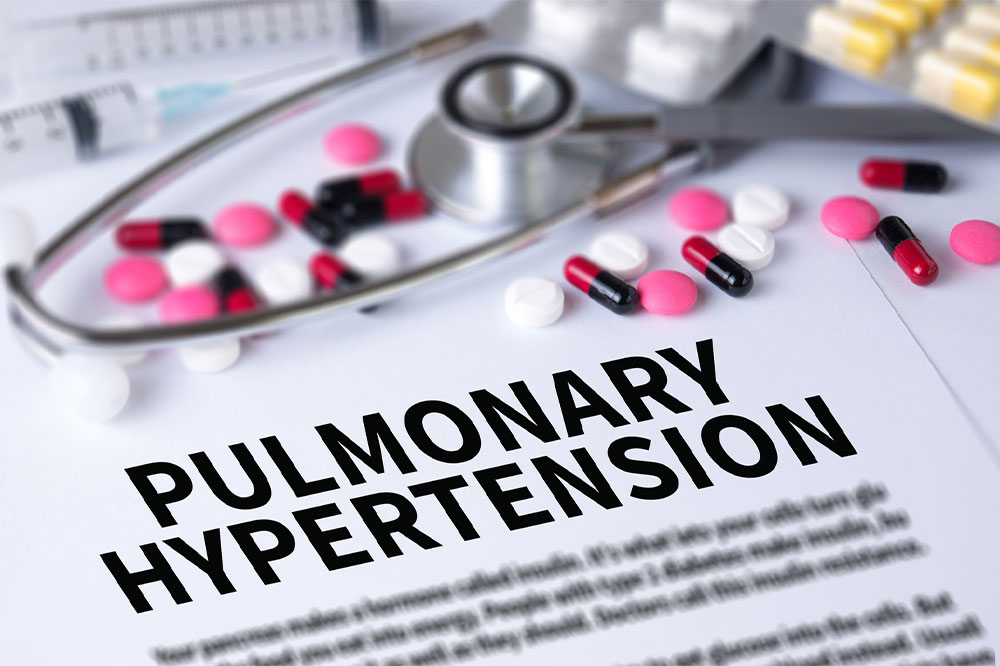
Common Causes and Risk Factors of Pulmonary Arterial Hypertension
Pulmonary arterial hypertension or PAH is one of the types of a condition called pulmonary hypertension. Pulmonary hypertension is the condition in which an individual’s lungs have high blood pressure, increasing the pressure on the small arteries causing an obstruction. When the diameter of the arteries narrows down, it is known as PAH. The cause of the condition is unknown in many cases. Here are some of the commonly known causes of PAH and their risk factors.
Causes
The common causes of pulmonary arterial hypertension are listed below.
1. Internal and external factors
The cause of the condition is not known in a vast majority of PAH cases. Cells are lining the small blood vessels, and researchers believe that injury to this layer can change the functioning of the smooth muscle cells in the wall of the cells. This causes blood vessel diseases. Researchers also believe that blood vessels are sensitive to certain internal and external factors. Thus, they narrow down when these factors come into play and make it difficult for blood to pass through arteries.
2. Other conditions
There are several other conditions that PAH is associated with. Connective tissue diseases such as scleroderma, a condition resulting in thickening of the skin leading to damage in blood vessels, are one of the conditions. Congenital heart problems like a hole in the heart can also be a probable cause. Portal hypertension or high blood pressure in the liver results in swelling of veins and can cause pulmonary arterial hypertension. HIV, thyroid gland disorder, glycogen storage disorders are other conditions leading to PAH. Some rare diseases like pulmonary venous-occlusive disease and pulmonary capillary hemangiomatosis are also associated with the occurrence of pulmonary arterial hypertension.
3. Heritable PAH
Approximately one in five cases of PAH has heritable PAH, which means that the condition is passed on from one person to another, primarily because there have been mutations in the BMPR2 gene.
Risk factors of pulmonary arterial hypertension
Several risk factors are associated with the condition. The common ones include:
1. Family history
When there are two or more members of your family who have suffered from the condition in the past, your chances of developing PAH increases significantly. Also, if there is a family member who had a gene that is linked with PAH, the risk increases.
2. Obesity with sleep apnea
Obesity alone is not a risk factor of pulmonary arterial hypertension. But if a person suffers from obesity and has obstructive sleep apnea at the same time, their chances of getting the condition increase.
3. Gender
Heritable and idiopathic PAH is more common in women as compared to men. Females who are in their childbearing years are at higher risk of developing the disease.
